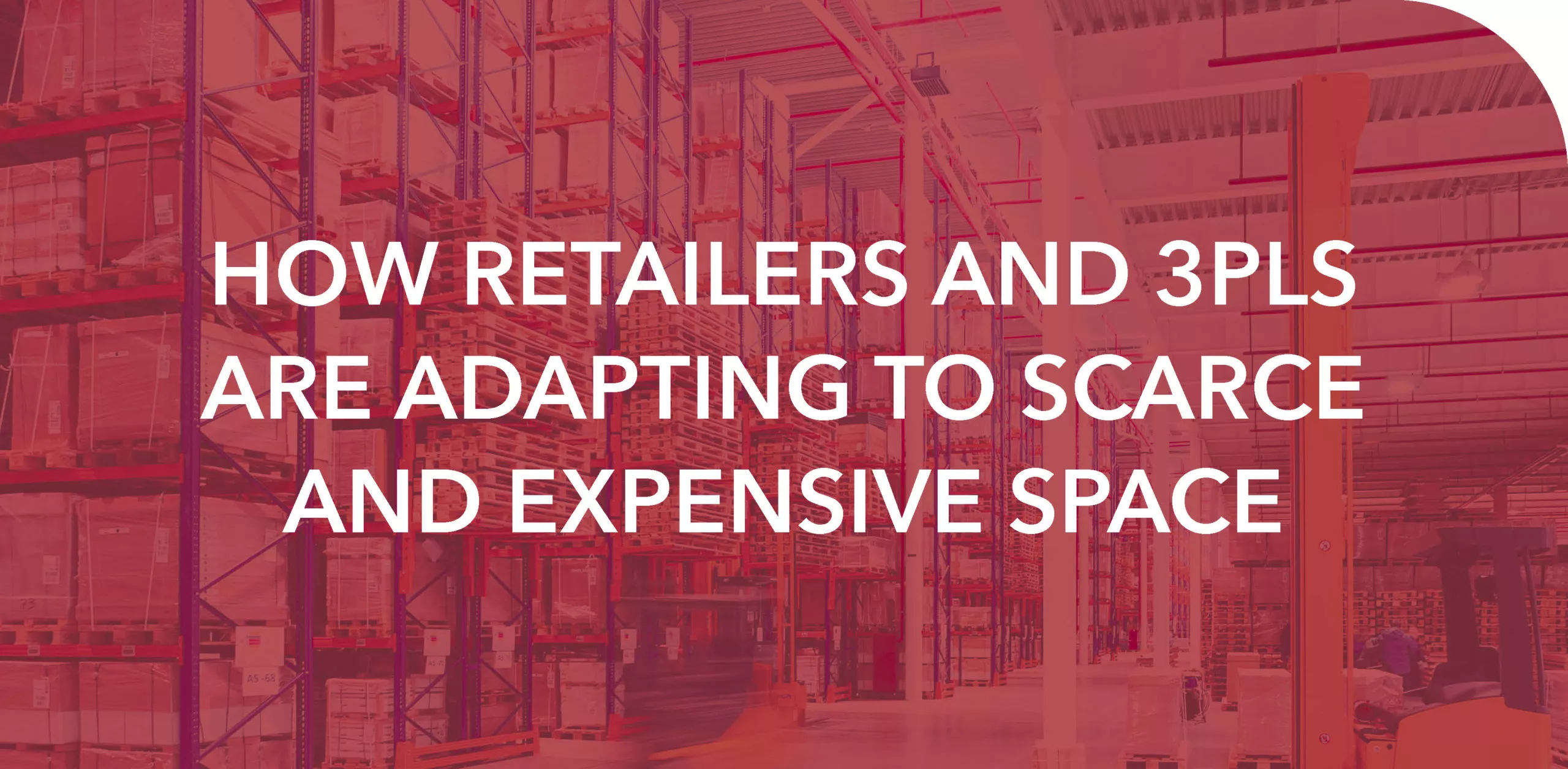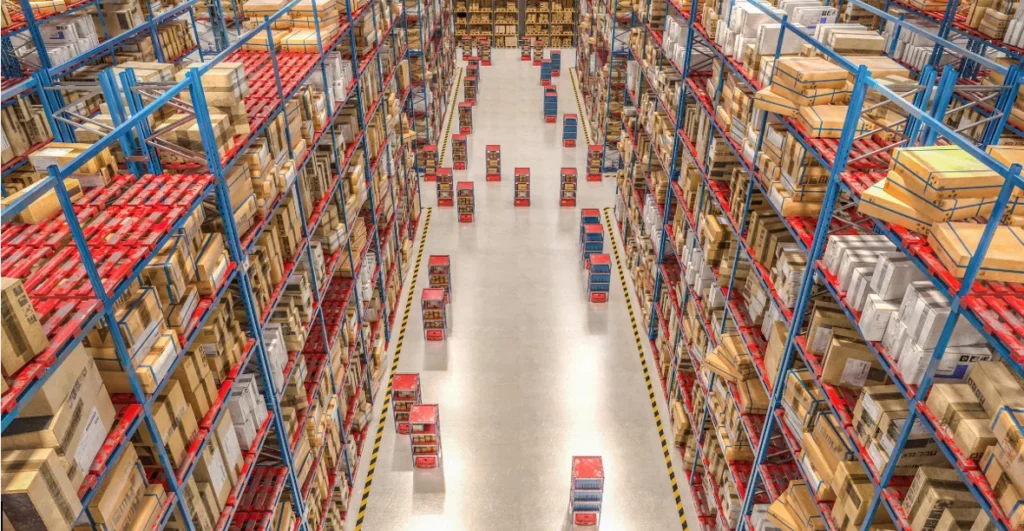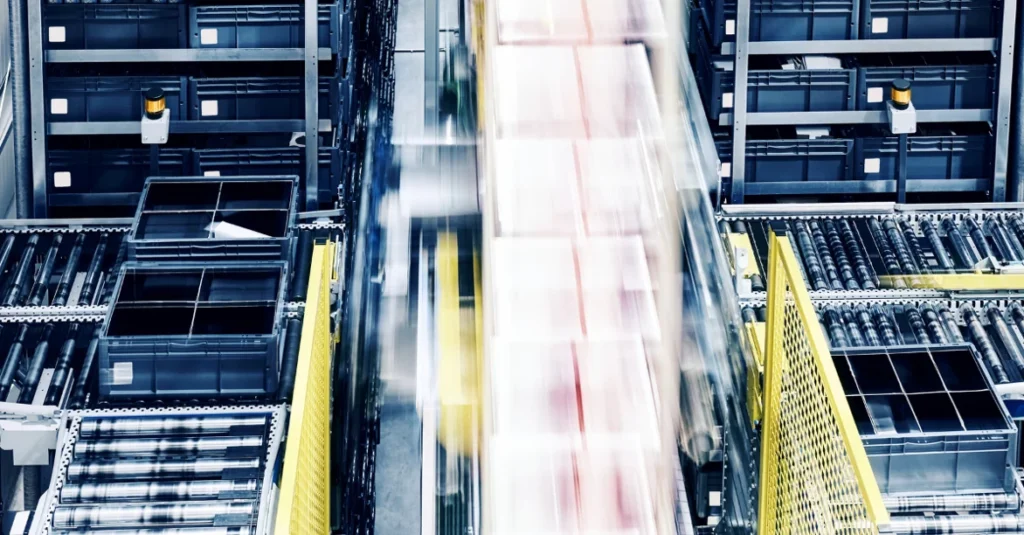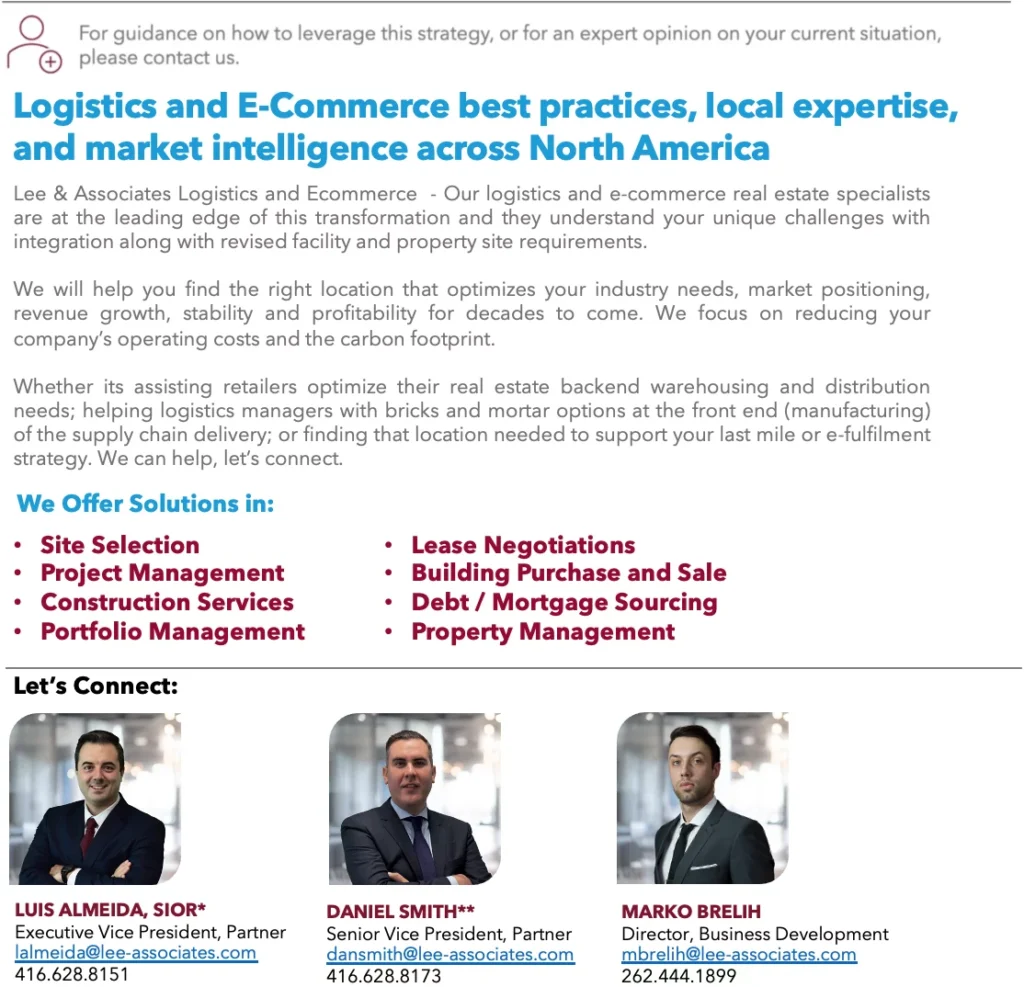HOW RETAILERS AND 3PLS ARE ADAPTING TO SCARCE AND EXPENSIVE SPACE
March 24, 2022

How Retailers and 3PLs are Adapting to Scarce and Expensive Space
From the onset of the pandemic and material and labour shortages to inflation, international uncertainty, and bottlenecks across the global supply chain, retailers and 3PLs have had to face a growing number of challenges over the past two years.
A common solution to all of these issues would appear to be the development of resilient and flexible supply chains independent of the complex global systems. It may also mean the automation of processes to backfill the lack of available human capital. Put simply, procuring, packaging, and delivering goods locally – and having more of them readily available – will help stabilize inventories, reduce transportation costs, and shorten lead times.
This thought process has led to a growing number of companies on-shoring their manufacturing and sourcing inputs from regional and local vendors to help manage risk. It has also translated into a ‘just-in-case’ supply chain model; a more robust evolution of the previous ‘just-in-time’ concept.
However, in order to effectively execute a more decentralized approach, businesses relying on logistics and warehousing space will need to either secure more square footage, or ensure that their throughput and efficiencies can handle potentially greater volumes.
In some of our previous articles, we examined the inventory of available logistics-focused industrial space, as well as the expected rents and values throughout the Greater Toronto Area and Greater Golden Horseshoe. To summarize, space is becoming increasingly scarce and expensive, with new developments largely pre-leased, and industrial land values skyrocketing.
That is why, today, we will examine how retailers and 3PLs can leverage various systems to get the most out of their real estate.
Warehouse Management Systems
Warehouse Management Systems are the software and processes that allow businesses to manage the flow of goods through a warehouse operation from arrival and sorting through picking, packing, and shipping.
While billions of dollars have been invested in cutting-edge technologies, such as cloud-based operating systems to seamlessly integrate and automatically update, the efficiency of these systems are reliant on the implementation of racking, robotics, conveyors, employees, and all other physical assets to improve throughput.
That said, WMS can help monitor performance and track inventory to optimize workflows and minimize time spent at each stage of the unloading, storage, packaging, and shipping processes. They can also help reduce inventory shrinkage and lost orders, as well as reduce human error as volumes and fulfilment speeds increase.
The implications for retailers and 3PLs are enormous, especially as warehouses increase in size and clear height, and as robotics replace human workers. Finally, as space becomes scarce and more expensive, many businesses may be forced to operate out of facilities that they have already outgrown as they wait for new development construction to come onstream, for additional operations to open up, or for available space to hit the market.

Racking, Robotics, and Automation
To complement WMS, logistics users are increasingly adopting racking, robotics, and automation technologies to improve warehouse throughput and efficiencies while also solving the issue of scarce or non-productive labour.
We see this with remote-operated forklifts in docking bays, to robot-driven shelving, to complex conveyor systems and picking-and-packing operations that can access racking up to 80 or even 100 feet high.
Because human employees require internal walkways and space with which to navigate a warehouse, and given that rents are based on the floor area square footage, we see an emphasis towards cubic volume and ‘human-less’ operations; if only for portions of the facility. By leveraging robotics and automation to remove people from the equation, warehouse operators can more tightly pack in racks, while taking advantage of every inch of clear height. Overall, this strategy can mitigate the impact of labour shortages while increasing productivity and minimizing the wastage of space.

Summary
Overall, the GTA industrial logistics market is red-hot, with all-time-low availabilities and supply challenges. This environment will see businesses looking to fulfil their growth plans by planning ahead and considering their options between the Greater Toronto Core and secondary markets, such as the Greater Golden Horseshoe and Greater Hamilton Areas.
However, with space becoming increasingly difficult to secure in a timely manner, businesses with logistics and warehousing operations should also consider strategies to improve their throughput and efficiencies. This can not only help you get the most out of your existing real estate, but can help build flexibility, resilience, and independence into your business.
Many of our clients are emphasizing the needs for both WMS and racking, robotics, and automation adoption, and our team has access to specialists who can help assess and integrate these technologies on your behalf.
On that note, if you would like our team to assist with any of your real estate needs, or if you would like to discuss anything mentioned in this article, please contact us directly.

